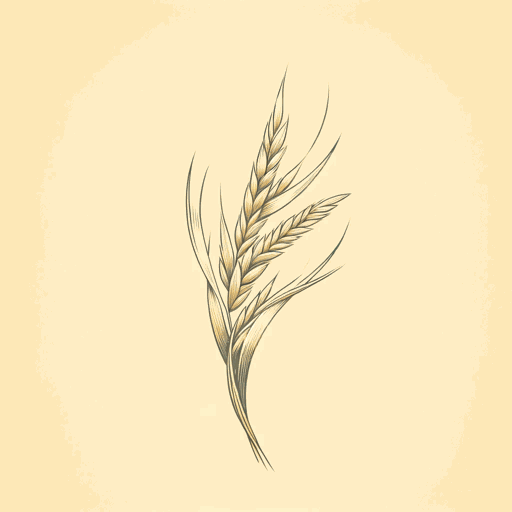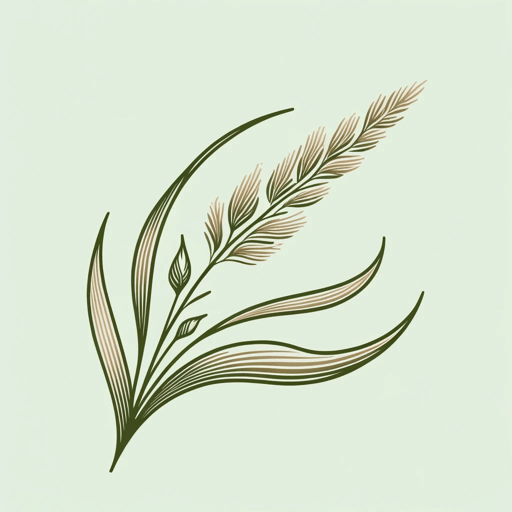95 pages • 3 hours read
Robin Wall KimmererBraiding Sweetgrass: Indigenous Wisdom, Scientific Knowledge, and the Teachings of Plants
Nonfiction | Book | Adult | Published in 2013A modern alternative to SparkNotes and CliffsNotes, SuperSummary offers high-quality Study Guides with detailed chapter summaries and analysis of major themes, characters, and more. For select classroom titles, we also provide Teaching Guides with discussion and quiz questions to prompt student engagement.
Answer Key
Part 1, Chapters 1-6
Reading Check
1. Light (Chapter 1)
2. From the body of Skywoman’s daughter (Chapter 3)
3. The highest Adirondack peak (Chapter 4)
4. 70 percent (Chapter 6)
Short Answer
1. She points out that the Skywoman story depicts the natural world as a place where humans belong and one that they have a responsibility to tend thoughtfully. By contrast, the Biblical story of Eden depicts the natural world as a hostile place that must be subdued by the humans exiled into it. (Chapter 1)
2. Kimmerer explains that all pecan trees in an area fruit at the same time, which means that when the pecans ripen, there are huge quantities of them and animals must store the extras. This allows the pecans to propagate in new places. From this example, Kimmerer draws the lesson that “all flourishing is mutual.” (Chapter 2)
3. She says that in the dominant culture, gifts are expected to be free and do not create any obligation in the recipient. In “gift economies,” however, which many Indigenous societies have, gifts create relationships with an expectation of mutual benefit.
Related Titles
By Robin Wall Kimmerer


